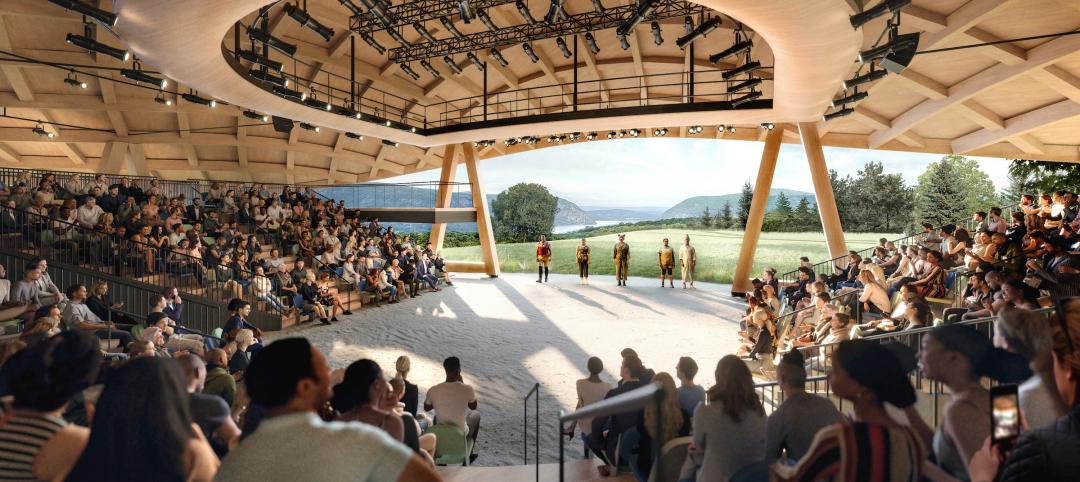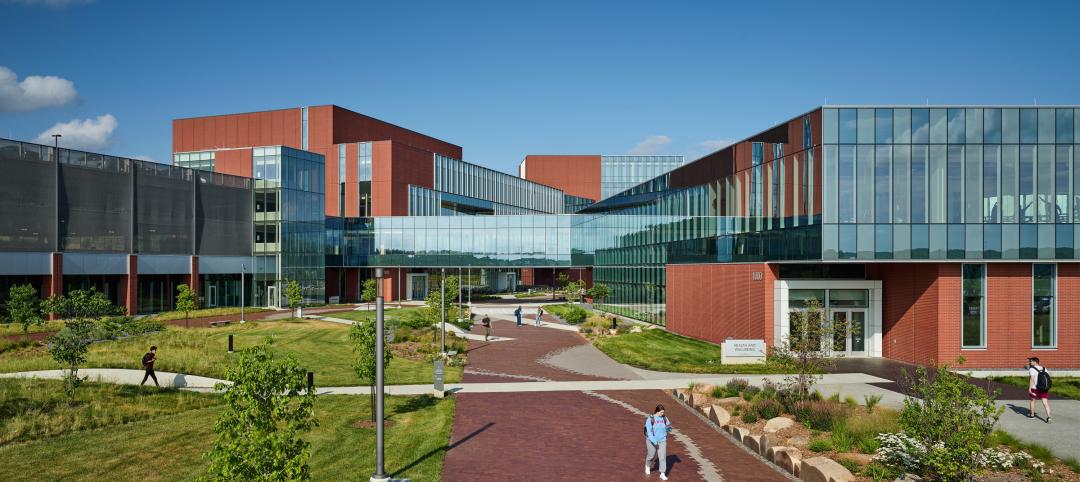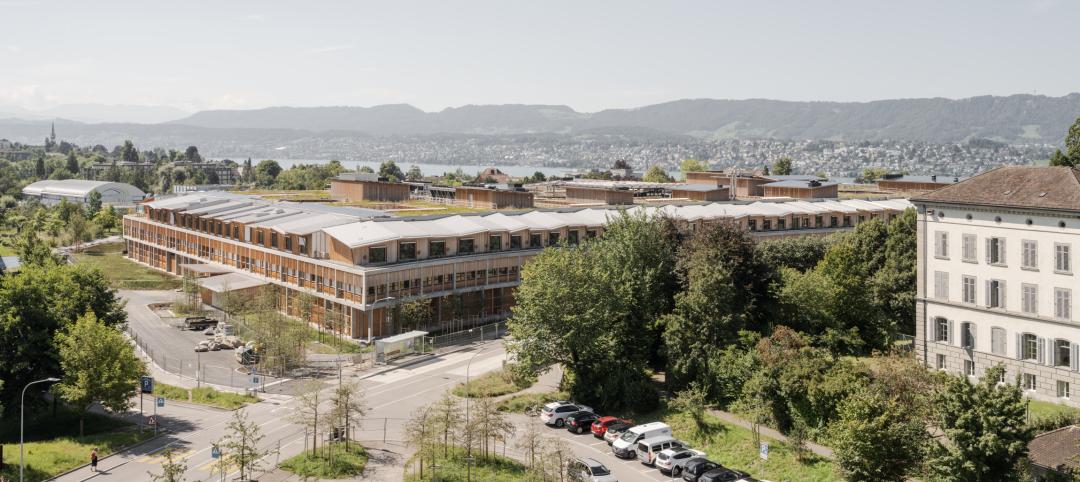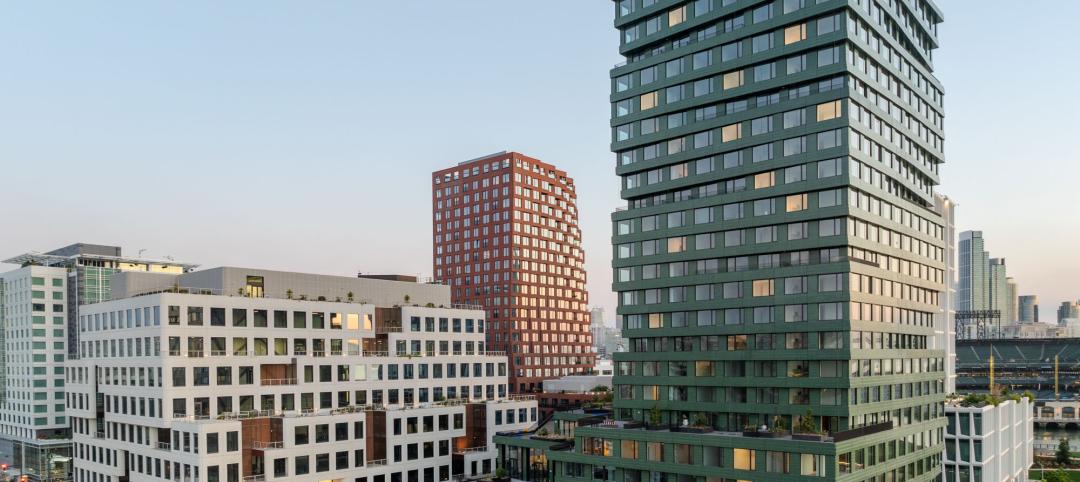BD&C: What is happening with your corporate portfolio? Are there any strong commercial markets right now?
Samuel S. Unger: Most U.S. markets are still soft. There is some perceived bottoming in some very local submarkets in San Francisco, San Jose, and certain New York City submarkets. Downtown Seattle is tightening. Other markets have limited inventory in given classes of buildings, so there is better control over those segments. I am also surprised by how tight some of the smaller Canadian cities are. Researching the brokerage house reports looking for consensus is still helpful, as are ongoing discussions with trusted brokers. We always try to stay ahead of the requirement by trying to understand forward momentum in given markets. It’s also important to note that markets can be quite local, varying by view and size of requirement, so generalities need to be closely tempered by the requirement you are presenting to the market.
BD+C: Where is the best place to invest in real estate right now?
SU: There has been competition for trophy assets in commercial real estate, and a fair amount of money chasing discounted retail assets, according to what I hear. Unfortunately, real estate assets are very difficult to dispose of in weak markets, as too many have discovered to their chagrin. Diversification still rules.
‘Try to understand forward momentum in given markets’
BD+C: When is the commercial real estate market going to rebound?
SU: When you see three or four quarters of positive white collar job growth, you might be tempted to get out of your foxhole. But a critical caution is the fact that all markets and submarkets are local, and impacted by the movement of major companies or particular industry segments.
BD+C: In regard to commercial properties, are owners upgrading or reconstructing these properties? How long does it take for an owner to see a return on their investment after upgrading or reconstructing a property? How is this impacting their portfolio?
SU: This is a thesis question. It all depends on an owner’s portfolio, competitive pressure, leverage, and access to capital. We’ve seen a number of owners of Class A property begin to do reasonable upgrades to comply with the lower tiers of LEED certification because they believe they need this to remain competitive in the market, and we welcome that.
BD+C: Is it more advantageous to construct a new building, or upgrade an existing structure?
SU: I stress that we as an organization are not owners of buildings for reasons specific to the Ernst & Young partnership. We have a very competent advisory services business that assists owners with questions like this. As with any complex question, it all depends on the specific market and the arbitrage available in making a conversion.
BD+C: Are there particular mistakes or errors that you see BD+C readers making in regard to commercial real estate?
SU: If you are talking ownership, the first law is that real estate is volatile and illiquid, and keeps absorbing capital. The second law is to remember the first.
BD+C: How can BD+C readers—architects, MEP engineers, and contractors—work more effectively with a firm like Ernst & Young and other CoreNet members?
SU: We encourage contact with design professionals and contractors. We mandate that members of our real estate group get involved with national and local organizations, and we’re not shy about it. I encourage professionals to get involved with CoreNet. It’s important to realize that the organization encourages mutual long-term benefit—no quick sells, no heavy marketing, but a great opportunity to let people understand both the type of individual you are and something of your business over time. The people of CoreNet are also a tremendous resource, with literally hundreds of years of collective experience in the allied professions.
BD+C: What do architecture, engineering, and construction firms continually do wrong in their dealings with organizations that are CoreNet members? What mistakes do you see them making? What advice would you have for AEC firms to work more effectively?
SU: Great question, and another thesis topic. Approach CoreNet members as a long-term investment. Share experiences and understand the pressures and questions of your potential clients. Don’t talk consultant speak—if asked, talk solutions. Otherwise, grab a beer and share war stories.
BD+C: What is the most important thing you can take away from your involvement with CoreNet on both a personal and professional level?
SU: CoreNet has been a tremendously valuable resource for me. I have established friendships and had the opportunity to go beyond professional relationships with a number of our members. I have also realized that many of the issues I faced, both personally and professionally, are shared problems, with shared solutions. On a professional level, deeper discussion of the issues we face as an organization, and the similarities to the issues faced by my colleagues in CoreNet, help generate more thoughtful solutions. The opportunity to review strategies and tactics for these issues is valuable, as is the review of resources available through service providers, contractors, and suppliers. BD+C
Related Stories
Performing Arts Centers | Oct 10, 2024
Studio Gang's performing arts center for Hudson Valley Shakespeare breaks ground
A new permanent home for Hudson Valley Shakespeare, a professional non-profit theater company, recently broke ground in Garrison, N.Y. The Samuel H. Scripps Theater Center includes a 14,850 sf performance venue that will serve as a permanent home for the theater company known for its sweeping open-air productions of classics and new works.
Sustainable Design and Construction | Oct 10, 2024
Northglenn, a Denver suburb, opens a net zero, all-electric city hall with a mass timber structure
Northglenn, Colo., a Denver suburb, has opened the new Northglenn City Hall—a net zero, fully electric building with a mass timber structure. The 32,600-sf, $33.7 million building houses 60 city staffers. Designed by Anderson Mason Dale Architects, Northglenn City Hall is set to become the first municipal building in Colorado, and one of the first in the country, to achieve the Core certification: a green building rating system overseen by the International Living Future Institute.
3D Printing | Oct 9, 2024
3D-printed construction milestones take shape in Tennessee and Texas
Two notable 3D-printed projects mark milestones in the new construction technique of “printing” structures with specialized concrete. In Athens, Tennessee, Walmart hired Alquist 3D to build a 20-foot-high store expansion, one of the largest freestanding 3D-printed commercial concrete structures in the U.S. In Marfa, Texas, the world’s first 3D-printed hotel is under construction at an existing hotel and campground site.
University Buildings | Oct 9, 2024
Des Moines University Medicine and Health Sciences opens a new 88-acre campus
Des Moines University Medicine and Health Sciences has opened a new campus spanning 88 acres, over three times larger than its previous location. Designed by RDG Planning & Design and built by Turner Construction, the $260 million campus features technology-rich, flexible educational spaces that promote innovative teaching methods, expand research activity, and enhance clinical services. The campus includes four buildings connected with elevated pathways and totaling 382,000 sf.
Student Housing | Oct 9, 2024
University of Maryland begins work on $148 million graduate student housing development
The University of Maryland, in partnership with Campus Apartments and Mosaic Development Partners, has broken ground on a $148.75 million graduate student housing project on the university’s flagship College Park campus. The project will add 741 beds in 465 fully furnished apartments.
Healthcare Facilities | Oct 9, 2024
How healthcare operations inform design
Amanda Fisher, Communications Specialist, shares how BWBR's personalized approach and specialized experience can make a meaningful impact to healthcare facilities.
AEC Tech Innovation | Oct 8, 2024
New ABC technology report examines how AI can enhance efficiency, innovation
The latest annual technology report from Associated Builders and Contractors delves into how artificial intelligence can enhance efficiency and innovation in the construction sector. The report includes a resource guide, a case study, insight papers, and an essay concerning applied uses for AI planning, development, and execution.
Healthcare Facilities | Oct 8, 2024
Herzog & de Meuron completes Switzerland’s largest children’s hospital
The new University Children’s Hospital Zurich features 114 rooftop patient rooms designed like wooden cottages with their own roofs. The project also includes a research and teaching facility.
Mixed-Use | Oct 7, 2024
New mixed-use tower by Studio Gang completes first phase of San Francisco waterfront redevelopment
Construction was recently completed on Verde, a new mixed-use tower along the San Francisco waterfront, marking the end of the first phase of the Mission Rock development. Verde is the fourth and final building of phase one of the 28-acre project that will be constructed in several phases guided by design principles developed by a design cohort led by Studio Gang.
Brick and Masonry | Oct 7, 2024
A journey through masonry reclad litigation
This blog post by Walter P Moore's Mallory Buckley, RRO, PE, BECxP + CxA+BE, and Bob Hancock, MBA, JD, of Munsch Hardt Kopf & Harr PC, explains the importance of documentation, correspondence between parties, and supporting the claims for a Plaintiff-party, while facilitating continuous use of the facility, on construction litigation projects.

















